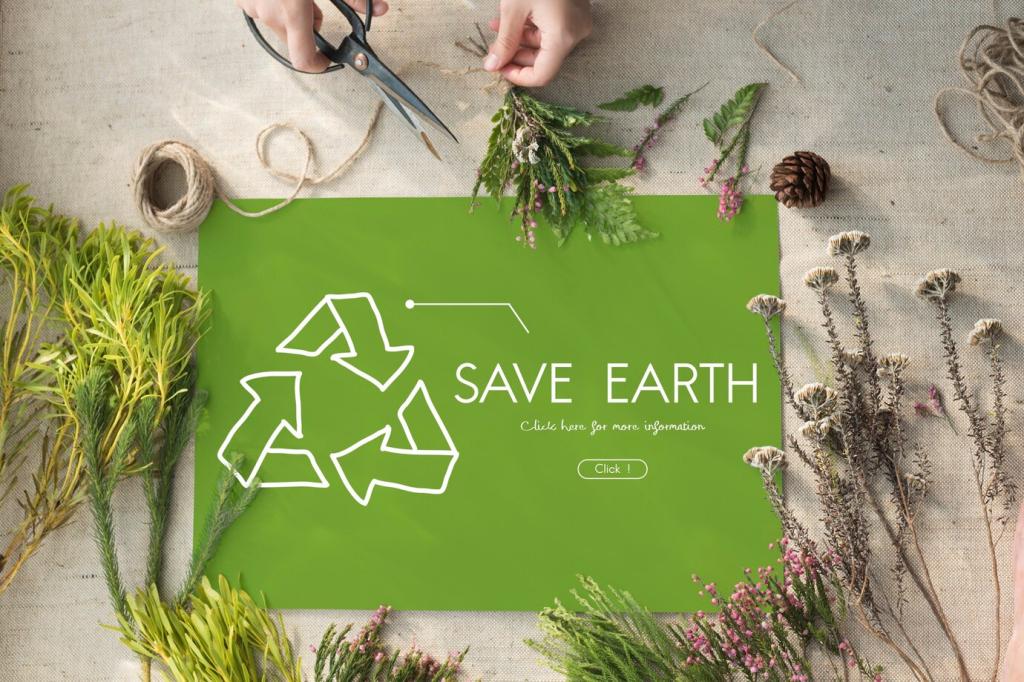Efficient Code and Architecture
Audit dependencies. Replace heavy frameworks with lighter alternatives or native APIs when feasible. Defer non-critical scripts, split bundles, and avoid hydration where server rendering suffices. Track the effect on Time to Interactive. Ask readers which libraries they successfully retired and why.
Efficient Code and Architecture
Adopt a utility-first or component-driven approach to prevent duplication. Purge unused styles, compress assets, and keep design tokens centralized. Maintain a living style guide. Invite contributors to challenge every new class. Fewer rules, clearer patterns, and faster render times benefit everyone.
Efficient Code and Architecture
Use HTTP caching aggressively, leverage a CDN close to users, and preconnect to critical origins. Compress text with Brotli, serve static pages where possible, and prefer server-side rendering for predictable performance. Ask your audience how caching changed their real-world energy and speed profiles.
Efficient Code and Architecture
Lorem ipsum dolor sit amet, consectetur adipiscing elit. Ut elit tellus, luctus nec ullamcorper mattis, pulvinar dapibus leo.














